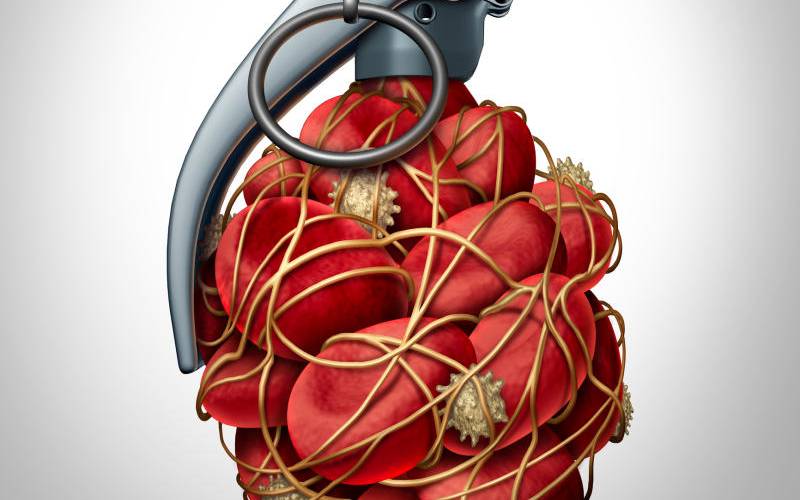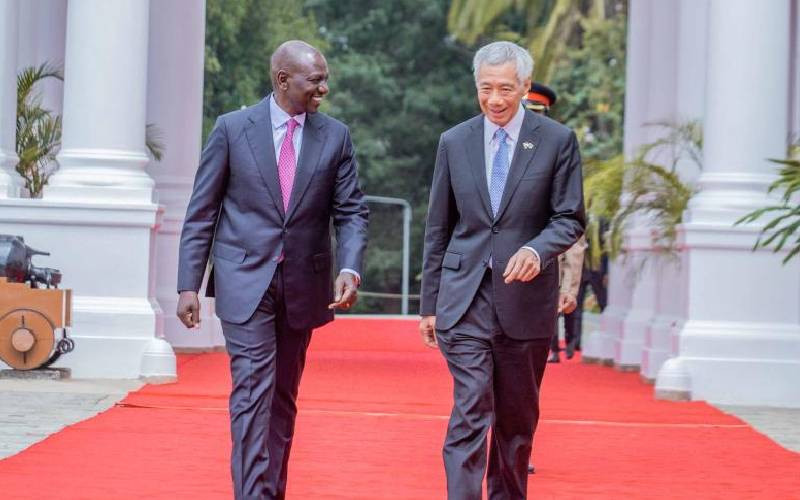×
The Standard e-Paper
Join Thousands of Readers

David Mutinda, 34, almost died from thrombosis after he was involved in a road accident. Thrombosis is a blood clot in the veins or arteries. The accident broke his femur (thigh bone) and he bled for a long time before rescuers took him to hospital.







